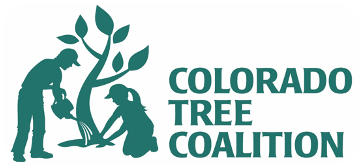Norway Spruce
SCIENTIFIC NAME: Picea abies
FAMILY: Pinaceae
Hardiness: Zones 3B to 7.
Range: Native to Northern and Central Europe, it was introduced in colonial times.
Growth habit: In youth, Norway Spruce is stiff, but has a fast growth rate and a dense habit. Growth slows some with maturity and trees become a bit more open and pyramidal with graceful upward sweeping branches. It can grow to over 100’, but most trees are 40 – 60 feet high by 25- 30 feet wide. With adequate moisture Norway Spruce will do well in moderate soils, but prefers moderately moist, sandy, well drained, acidic soils. Norway Spruce also prefers full sun and a cold climate.
Foliage: Stiff, 1/2-1” long needles are shiny green with each needle borne on a on a raised, woody peg (sterigma). Needles persist for 3-4 years.
Buds: Buds are about 1/4” long and rosette-shaped. They are reddish-brown in color and not resinous.
Flowers: Male and female flowers occur on the same plant. Male flowers are infrequent and axillary while female flowers are reddish pink, terminal, and found throughout the crown of the tree.
Fruit: The fruit, better known as a pine cone, is 4- 6” long, 1- 1- 1/2 “ wide and cylindrical. While purplish in youth, the cones mature in the fall and turn light brown. Cones contain 1/6” long, brownish black seed with a 1/2 “ wide wing.
Bark: Young bark is scaly and reddish–brown in color. It turns thick on older trees with gray-brown flaky scales.
Twigs: Hairless, shinny orange-brown twigs are slender to medium in size with loose orange-brown scales.
Insects and diseases: Budworm, borers, red spider, tip weevils, and spruce gall aphid are all known to attack Norway Spruce.
Cultivars: Many different cultivars. Some common ones:
‘Nidiformis’ -- Bird’s Nest Spruce, a dense, spreading form typically found with depression in the center of the plant
‘Pumilla” -- dwarf, globular, flat and compact
‘Repens’ -- wide-spreading and very uniform
Landscape value: Used extensively as a landscape tree, Norway Spruce is also used as a windbreak and shelter.
Interesting features: It can be used in groups, as a single specimen, or even as an evergreen street tree. It has utility as a natural screen and selections with a narrow habit are suitable for even small urban landscapes. Serbian spruce represents a welcome alternative to the all-to-common Norway and Colorado spruce.
Information sources: Mark H. Brand, Picea abies -- Plant Page (University of Connecticut Plant Database of Trees, Shrubs, and Vines)Virginia Tech, Department of Forestry, College of Natural Resources, Picea abies Fact SheetMichael Dirr, Manual of Woody Landscape Plants (University of Georgia, 1990)
Photo credits: University of Connecticut Plant Database
Photo by: The University of Maine

